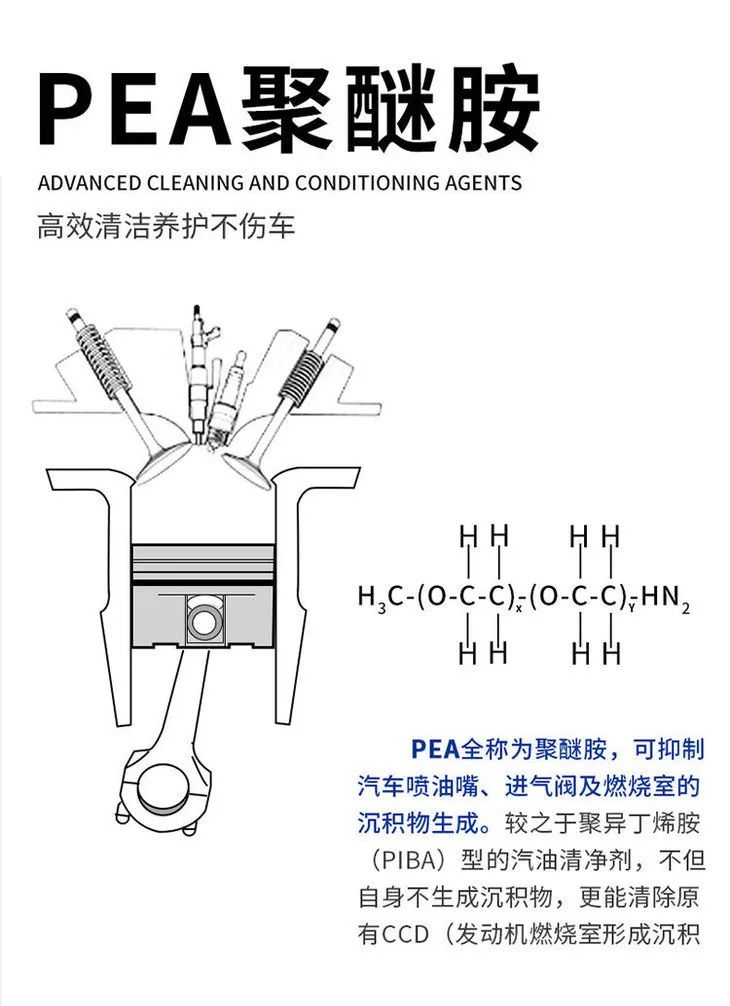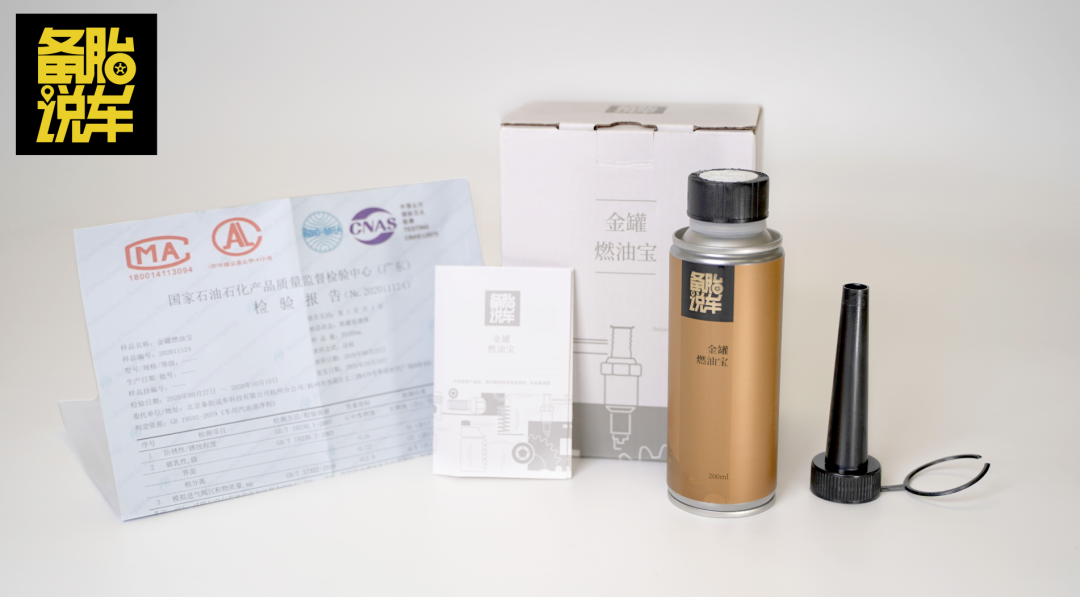“Safe overtaking is not just about skill—it’s about your vehicle’s ability to respond when needed. Understand how power affects overtaking and how to maintain it.”
1. Understanding Safe Overtaking Time
When overtaking, your vehicle’s power becomes critical. Many drivers notice that their cars lose power over time, making overtaking riskier. Let’s explore why this happens and how to address it.
Key Safety Metrics
- Time Matters: Safe overtaking depends on completing the maneuver quickly. Research from the 2016 International Conference on Information and Knowledge Technology shows that on roads with speed limits of 50–70 km/h (31–43 mph), completing overtaking in 7–9 seconds minimizes accident risks.
- Critical Acceleration Phase: Within this window, the accelerating phase (the time when your car gains speed to pass) lasts only 2.8 seconds. This is when your vehicle’s power is most crucial.

2. Speed Requirements for Safe Overtaking
The speed difference between your car and the vehicle you’re overtaking varies by road type:
Speed Differences by Road Type
- Highways/Expressways: A speed difference of 20 km/h (12 mph) is recommended.
- City Roads: A smaller speed difference of 12.5 km/h (8 mph) is sufficient, but narrow two-lane roads require sharper acceleration to avoid oncoming traffic.
- Two-Lane Roads: A speed difference of 30 km/h (18 mph) ensures smoother overtaking.
Power Threshold for Effective Overtaking
- Urban Driving: Your car needs to accelerate by 30 km/h (18 mph) within 2.8 seconds.
- Highway Driving: Aim for 20 km/h (12 mph) in the same timeframe.
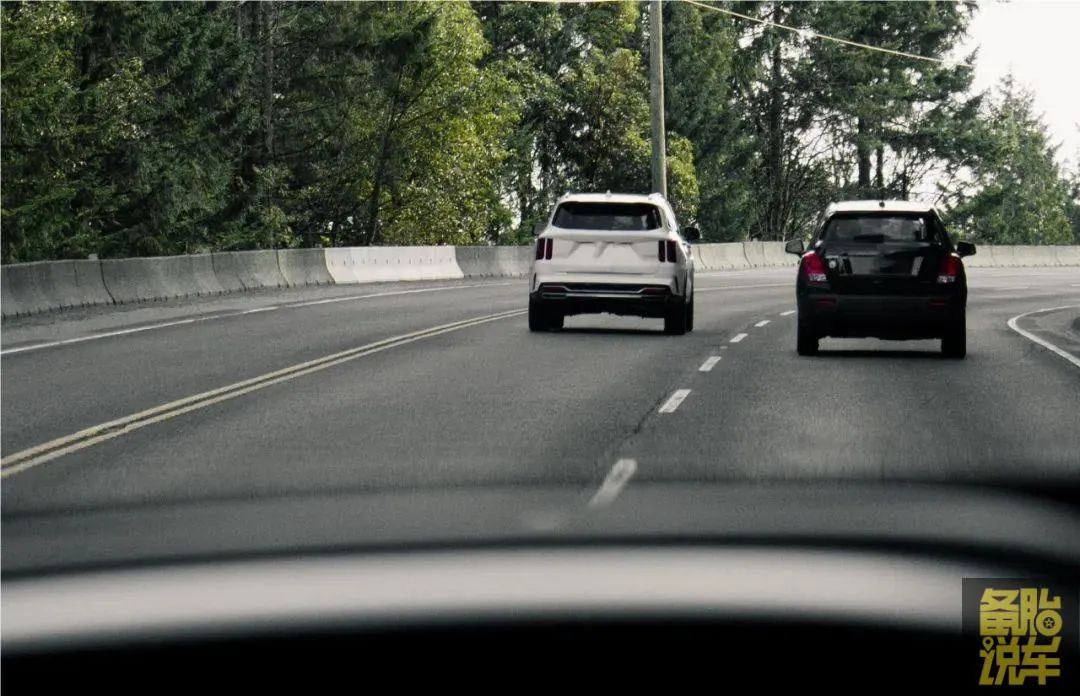
3. Measuring Acceleration: The Role of G-Force
Acceleration is measured in G-force (1G = 9.8 m/s²). For safe overtaking:
Recommended G-Force Levels
- City Driving: Aim for 0.3G acceleration.
- Highway Driving: Target 0.2G acceleration.
Examples of Common Vehicles
- Entry-Level Cars: Models like the Volkswagen Golf 1.6L or Chevrolet Cruze average 0.2G acceleration.
- Mid-Range Performers: Cars like the Honda Civic 1.5T or Mazda CX-4 2.0L achieve 0.3G in cities and 0.2G on highways, with 0–100 km/h (0–62 mph) times of 9–10 seconds.

4. Why Vehicles Lose Power Over Time
A common issue is carbon buildup in the engine. Carbon deposits form when unburned fuel residues accumulate in critical areas like:
Areas Prone to Carbon Buildup
- Fuel injectors
- Intake valves
- Piston tops
Myth: Can Revving the Engine Clear Carbon Deposits?
- Some believe revving the engine helps, but this is only partially true. A study by Volkswagen (US Patent US6866031B2) states that sustained high RPMs (over 3,000) for 20 minutes can remove some deposits. However:
- Risks of Over-Revving: Abrupt throttle changes increase fuel injection by 10–30%, worsening incomplete combustion and carbon buildup.
- Engine Protection Systems: Many vehicles limit RPMs in neutral/park mode, making sustained high revs impossible.

5. Effective Solutions for Carbon Removal
Option 1: Mechanical Cleaning
- Disassembly Method: Physically dismantling the engine to clean components. While thorough, this is labor-intensive and risks damaging seals.
Option 2: Chemical Cleaning
- Fuel Additives: Specialized cleaners dissolve deposits without disassembly. Look for products with PEA (polyether amine), a compound proven to break down carbon in:
- Combustion chambers
- Fuel injectors
- Intake valves
- Usage Tips: Add the cleaner to a full fuel tank every 4 refuels or 5,000 km (3,100 miles) for maintenance.
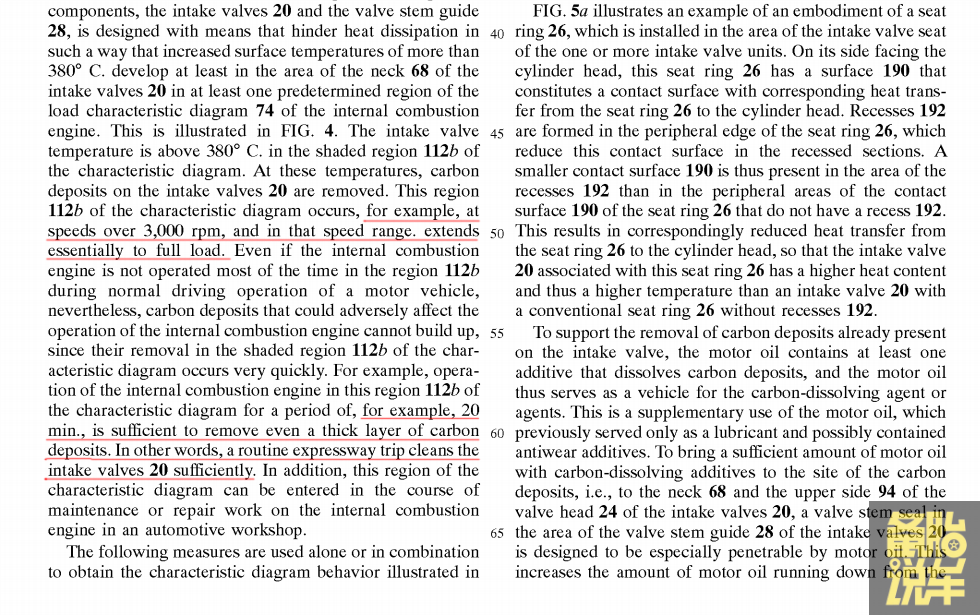
Option 3: Advanced Techniques
- Hydrogen or Ultrasound Cleaning: Emerging methods that target stubborn deposits but require professional equipment.
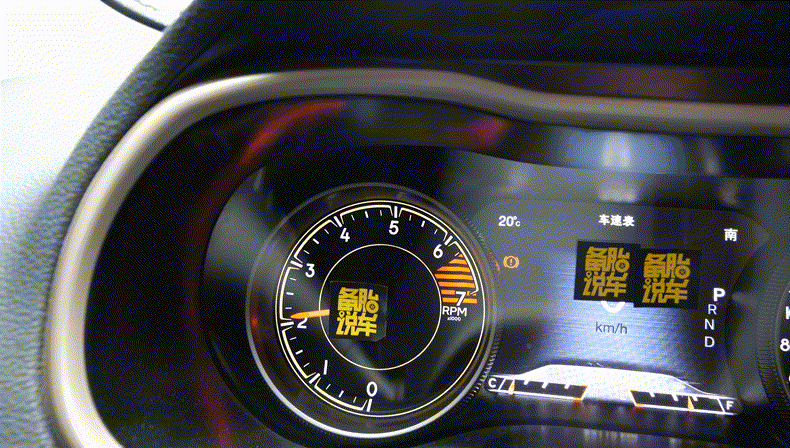
6. Preventing Power Loss: Maintenance Tips
- Regular Servicing: Replace air filters, spark plugs, and engine oil as recommended.
- Quality Fuel: Higher-grade fuel burns cleaner, reducing residue.
- Avoid Prolonged Idling: Idling increases incomplete combustion, accelerating carbon formation.
- Periodic Highway Drives: Sustained speeds help burn off light deposits.
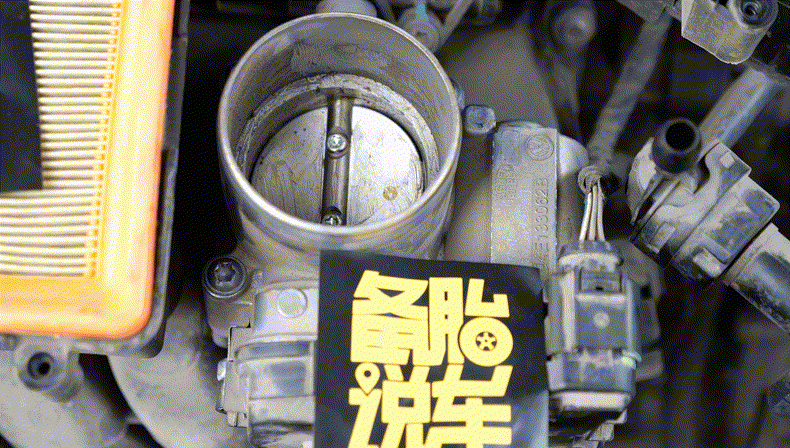
7. Choosing the Right Fuel Additive
When selecting a cleaner:
Key Considerations
- PEA-Based Formulas: Opt for additives with polyether amine for effective deposit removal.
- Certifications: Ensure compliance with standards like National Petroleum Product Quality Supervision and Inspection Center guidelines.
- Compatibility: Works with all gasoline engines (German, Japanese, American, etc.).

8. Key Takeaways
- Monitor Acceleration: If overtaking feels sluggish, check for carbon buildup.
- Prioritize Safe Overtaking: Ensure your vehicle meets speed difference requirements.
- Preventive Care: Regular use of fuel additives and proper maintenance preserves engine performance.

By addressing carbon deposits and maintaining your vehicle, you’ll ensure reliable power for safe, confident overtaking.
Additional Visuals
